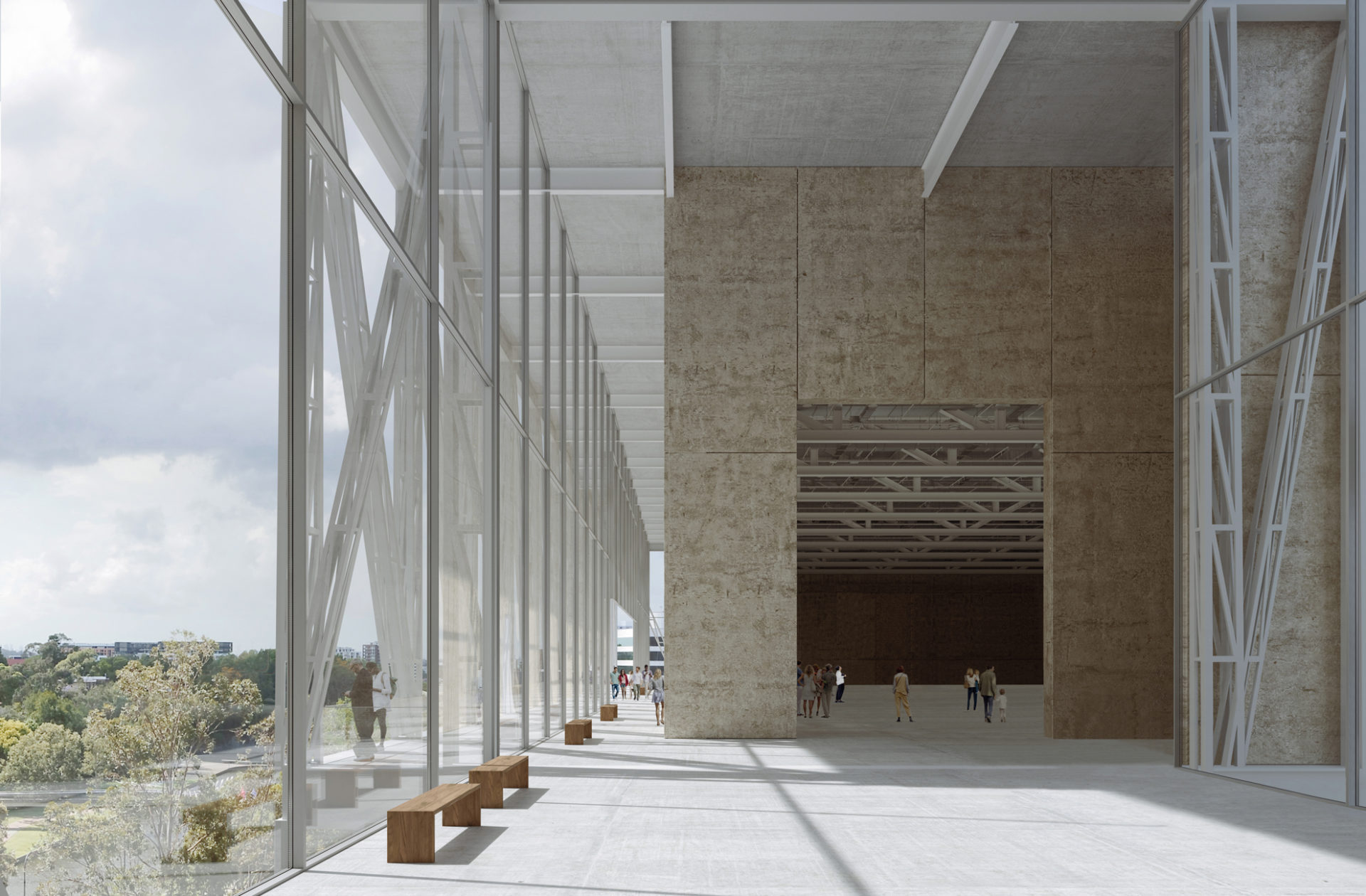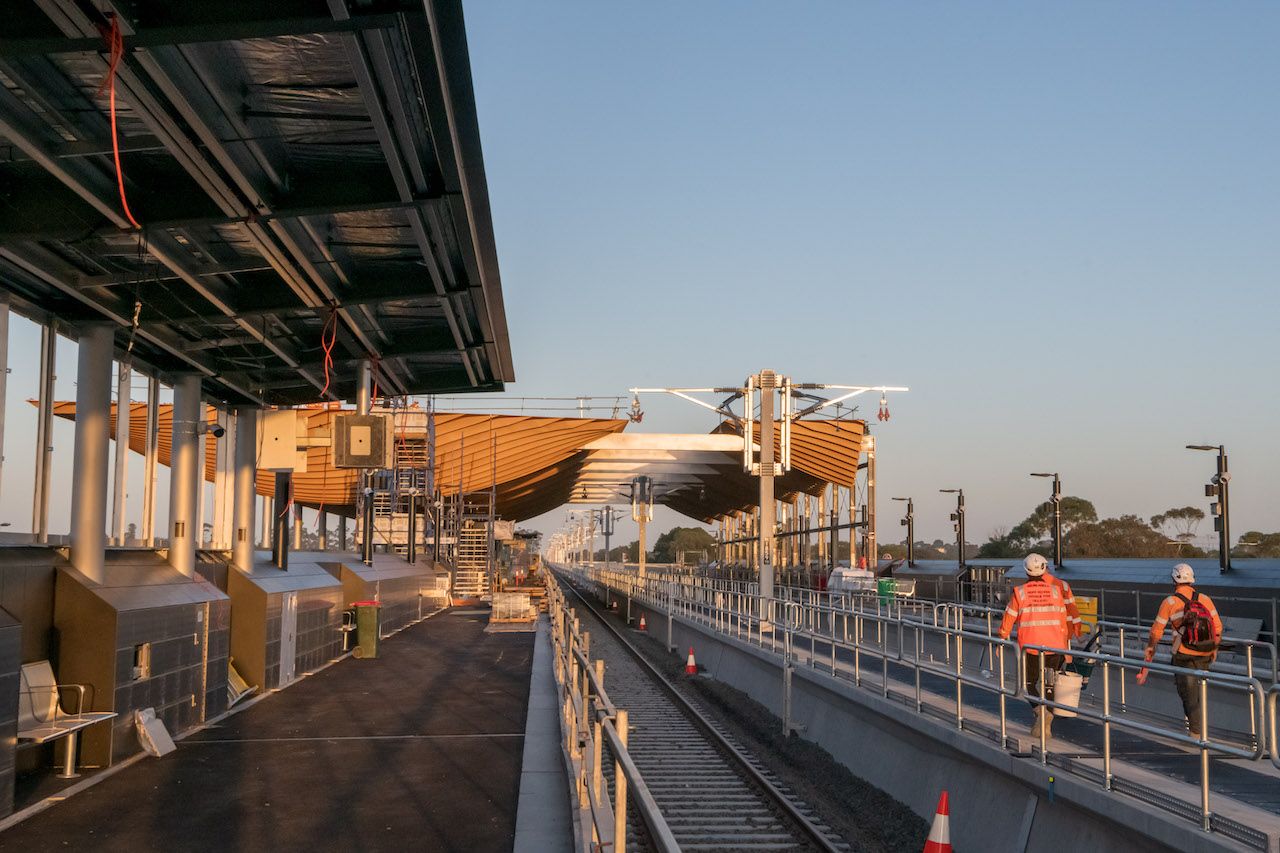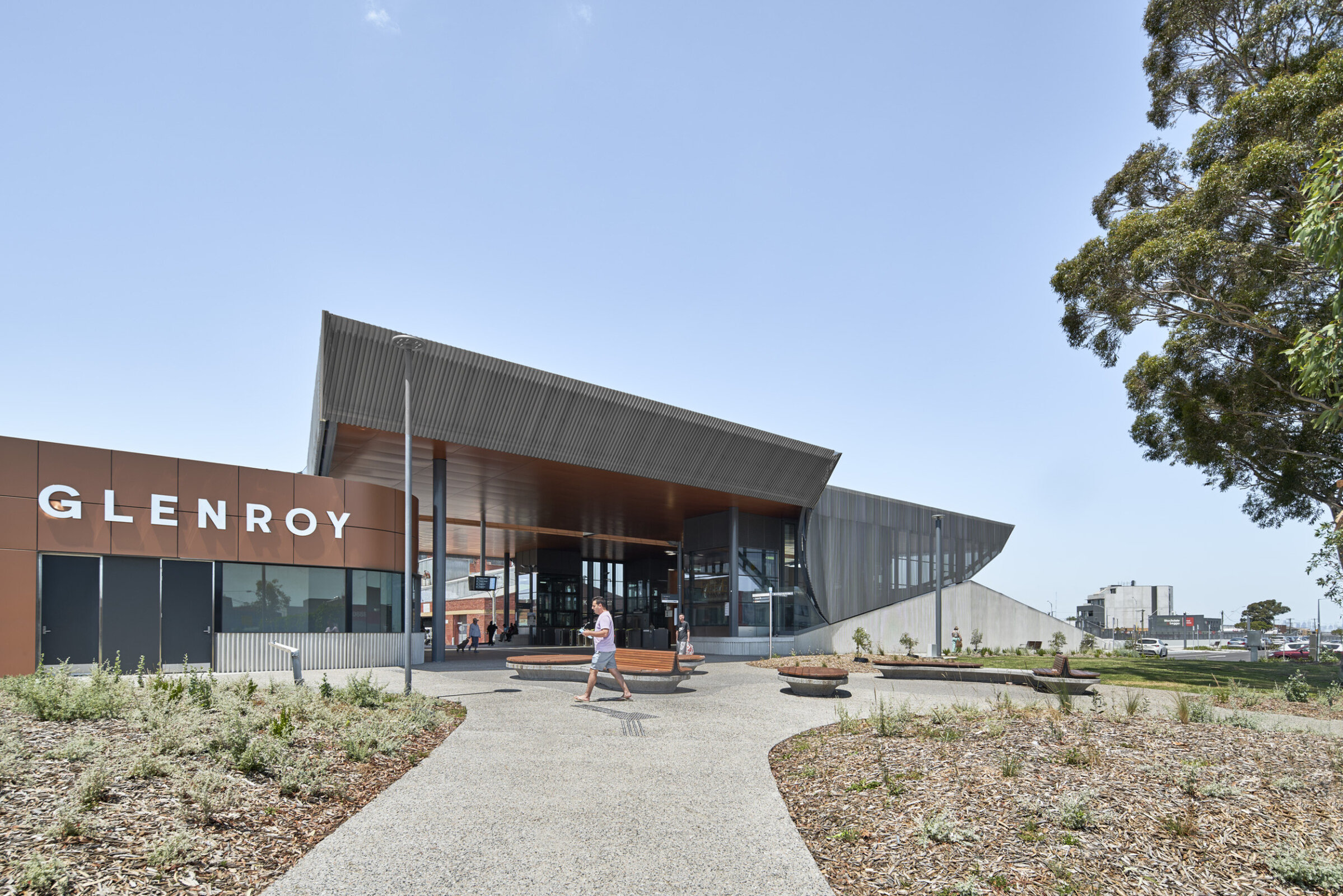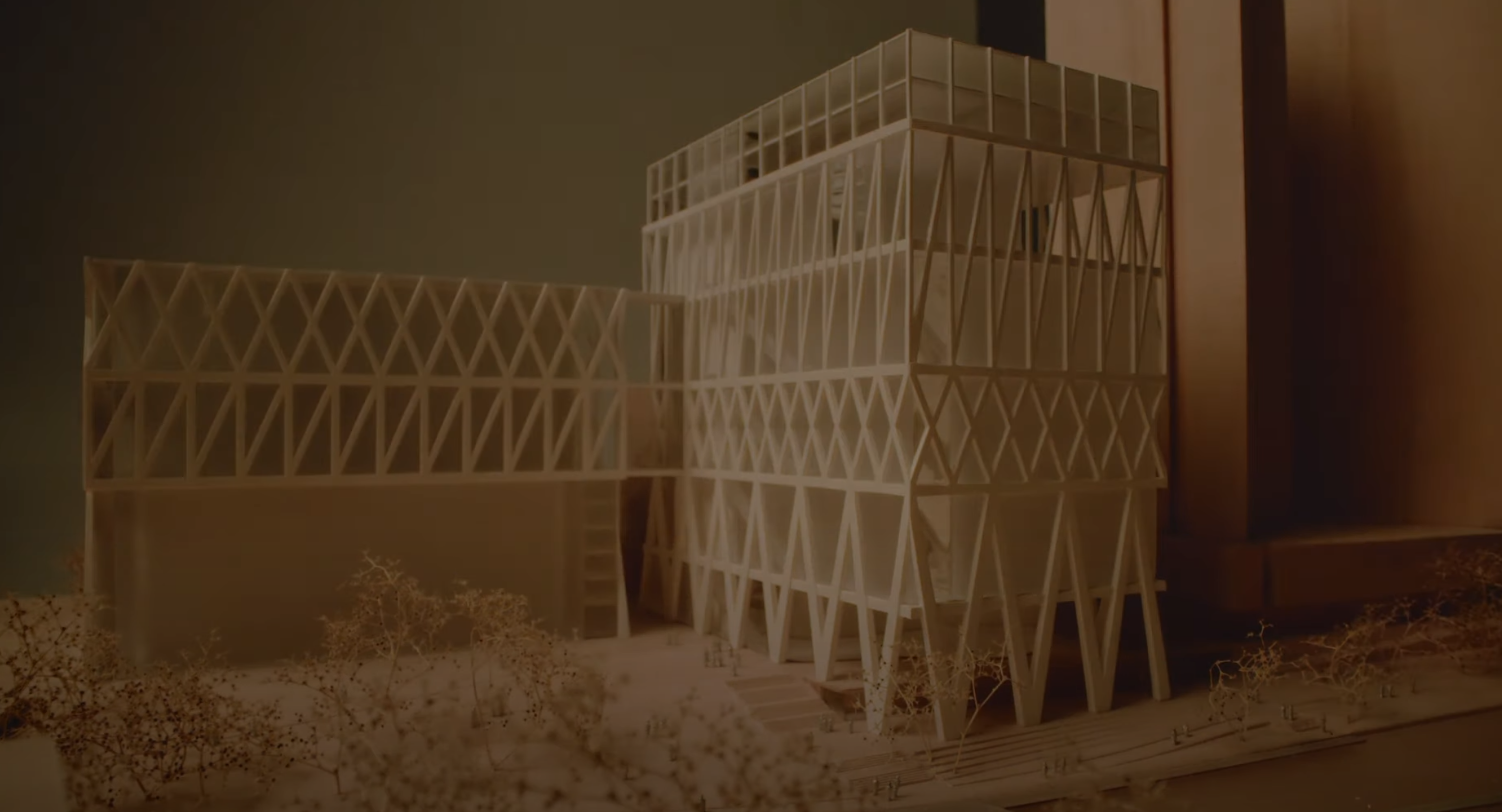Visitors to cultural and public buildings have a unique level of interaction and engagement with both space and place and, at Genton, understanding the importance of this is something that guides every design decision we make.
By finding new and creative ways to enable visitors to make more meaningful connections, our designs are led by a strong vision of connected and enriched visitor experience. We believe that visitors are the lifeblood of public buildings and cultural spaces and should always inspire architects to create designs that are memorable, engaging and emotive.
According to Genton Principal Steven Toia, the best cultural experiences are ones where the building is well connected to its context. “Melbourne Museum is a great example where the building is well grounded to its context,” says Steven “The Melbourne Museum responds to both its significant neighbour (Royal Exhibition Building) and sits easily, as an object, in the Carlton Gardens.
The design, Marc Debney adds, provides a practical and friendly pedestrian experience around it, with good access into the building and visual permeability from outside in. One of the most exciting aspects of working on the architectural design of iconic public spaces, Steven says, is the impact great design can have on such a huge number of people – across generations. It’s a reason why he loves the challenge of designing spaces that enhance visitor experience.
‘The number of people that move through and visit public buildings is more than any other type of work,” says Steven. “When we design a public building, the reality is that an enormous variety of people will have a first-hand experience of spaces that we have designed. For an architect, this is a big responsibility and a huge opportunity.”
It’s an opportunity Marc and Steven both believe should never be wasted. “By investing heavily in comprehensive research – not only into the nature of the building, but also into the history of that type of public building across the world, as well as the heritage of the local community the building will inhabit – the result is dynamic, mindful design that takes the design of public spaces to a new place,” says Marc.
Drawing visitors in to experience a significant connection with the public spaces they may have, previously, simply taken for granted, is an approach that sits at the forefront of contemporary architecture.
“Moving into the design of more and more iconic public spaces and places is something our entire Genton team is extremely proud to be part of,” says Steven. “We look forward to a future where public spaces have a deeper impact and leave a meaningful legacy.” As Architecture and the community’s relationship with it continues to evolve, it’s clearly a dynamic time to be part of an exciting sector.
Artist Impression above by Moreau Kusunoki and Genton for the Powerhouse Precinct at Parramatta International Design Competition.






